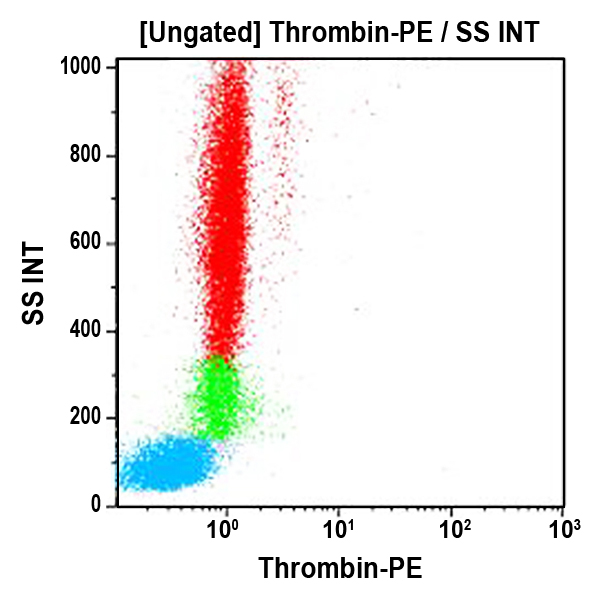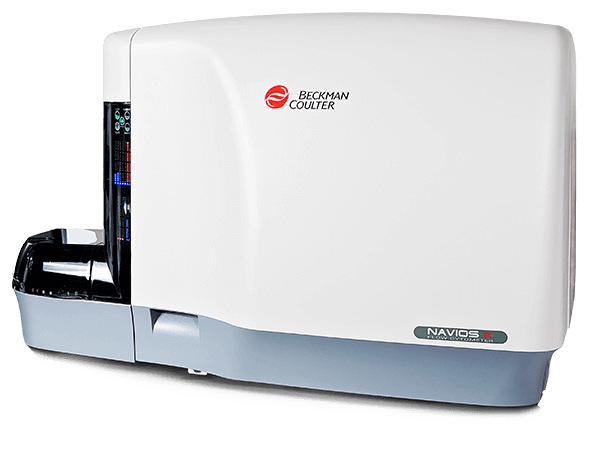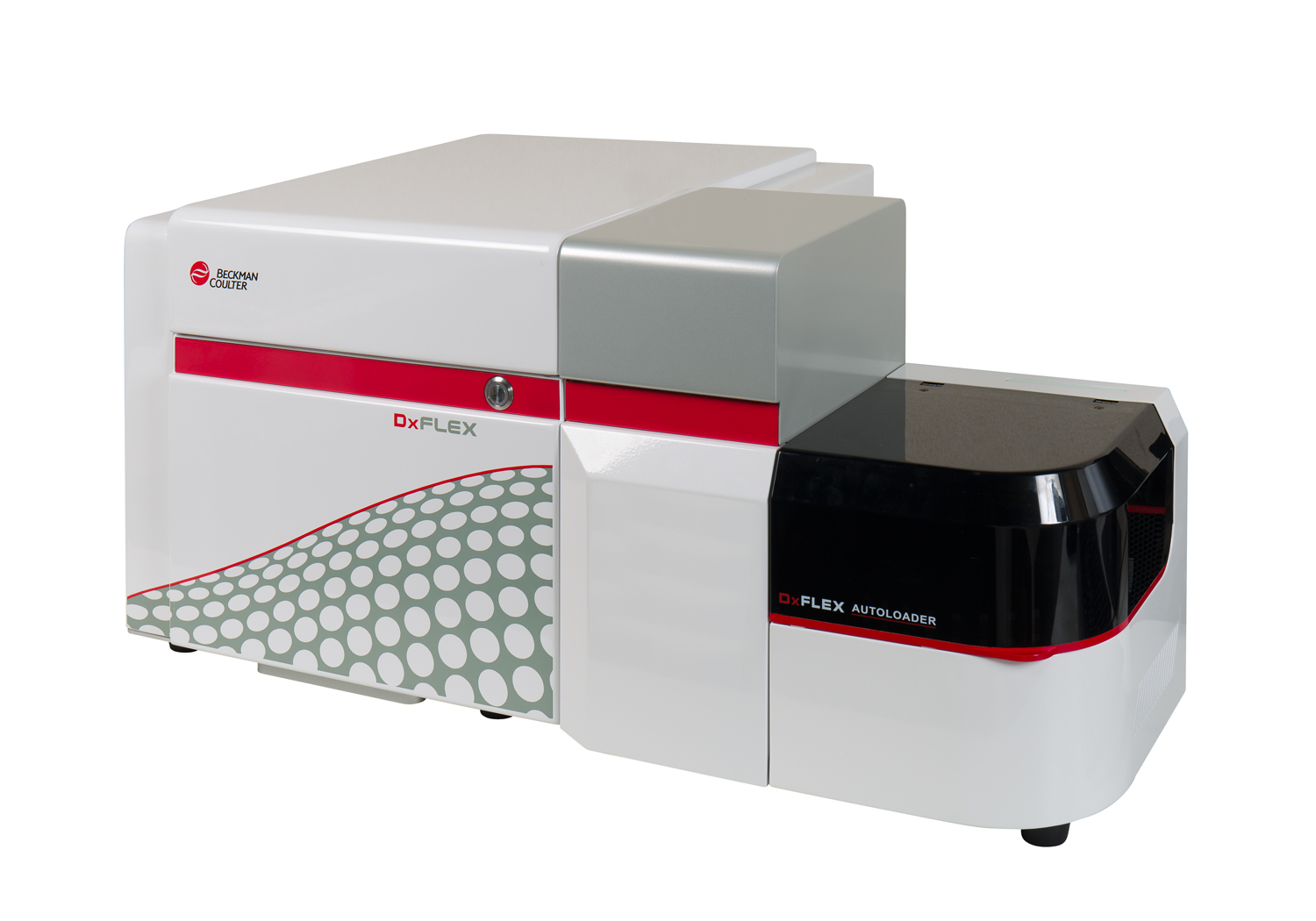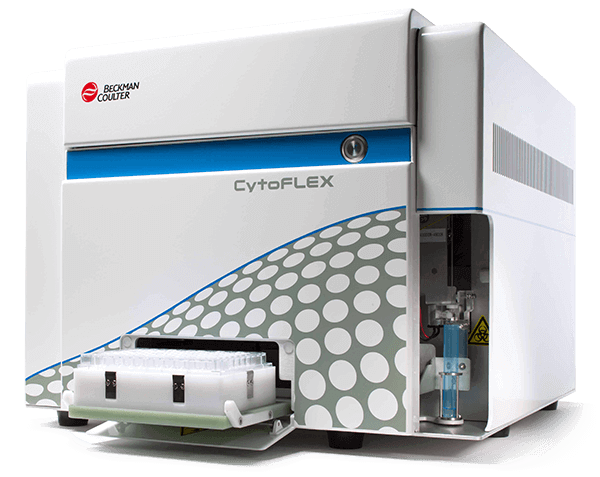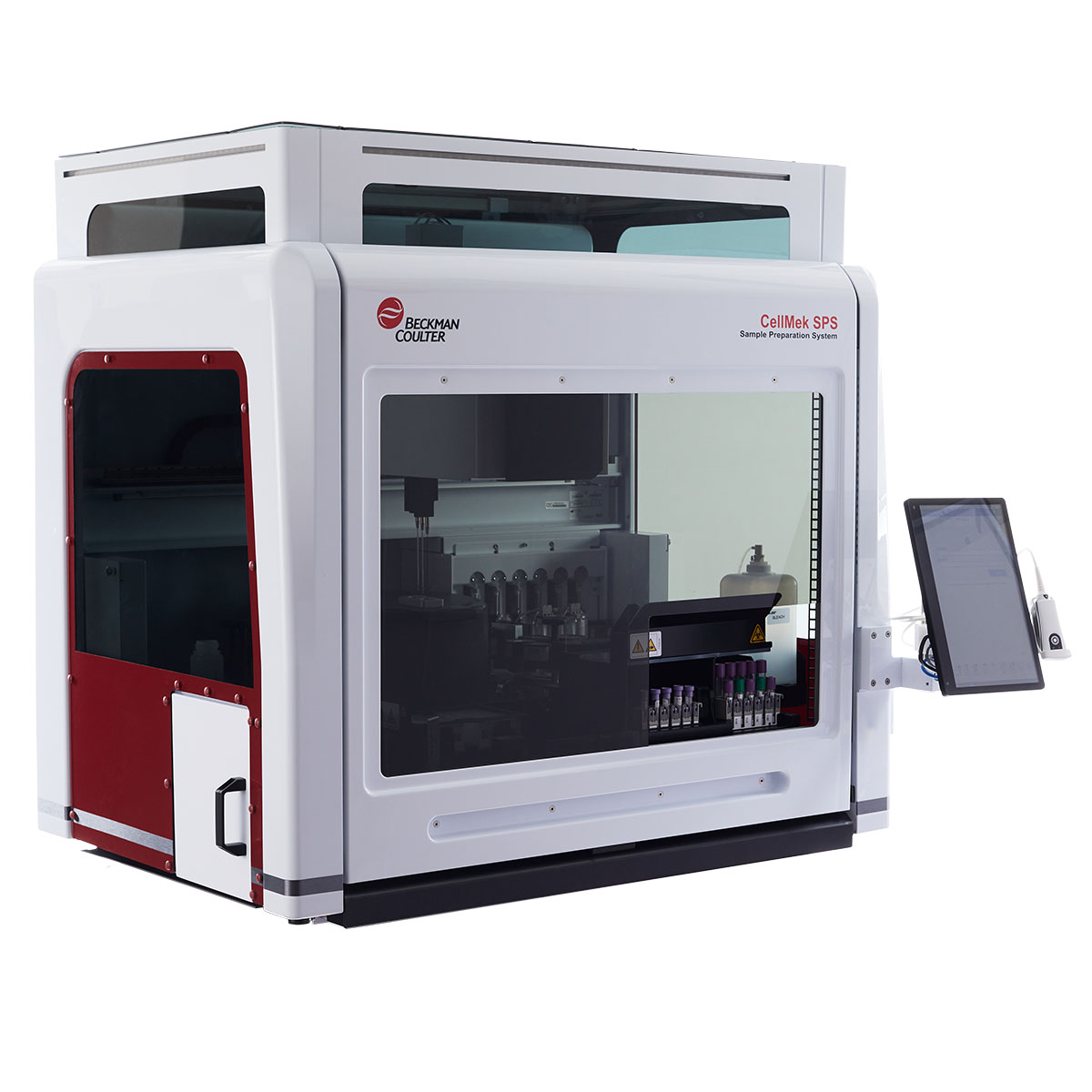Thrombin Receptor Antibodies
Thrombin is a coagulation protease produced at sites of vascular injury that activates platelets, endothelial cells, leukocytes and mesenchymal cells via cleavage of specific cell surface receptors known as proteinase activated receptors (PARs). A functional thrombin receptor from human platelets has been cloned and sequenced. It is a 66-kDa, single polypeptide chain that belongs to the cell surface G-protein-coupled receptor family, with seven transmembrane domains and an extracellular N terminus. The thrombin cleavage site is located in the N terminus between Arg41 and Ser42. Following cleavage by thrombin, activated receptors undergo desensitization and internalization but a fraction of them are recycled to the cell surface. The Thrombin Receptor is expressed on a variety of cells including platelets and endothelium. The receptor is a substrate of thrombin and has been shown to play a role in the activation of platelets.
| Clone: SPAN 12 | Isotype: IgG1 Mouse |
| The SPAN 12 antibody recognizes an epitope on the receptor that spans the thrombin cleavage site. It binds to intact receptors, but not to cleaved ones. SPAN 12 inhibits thrombin-induced receptor activation at reduced thrombin concentrations. | |
| Clone: WEDE15 | Isotype: IgG1 Mouse |
| The WEDE15 antibody recognizes an epitope on the receptor, distant from the N‑terminal thrombin cleavage site (WEDEE). It reacts with both intact and cleaved receptors. | |

